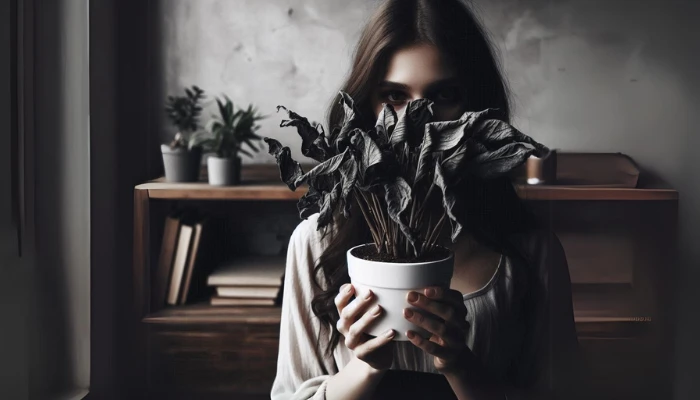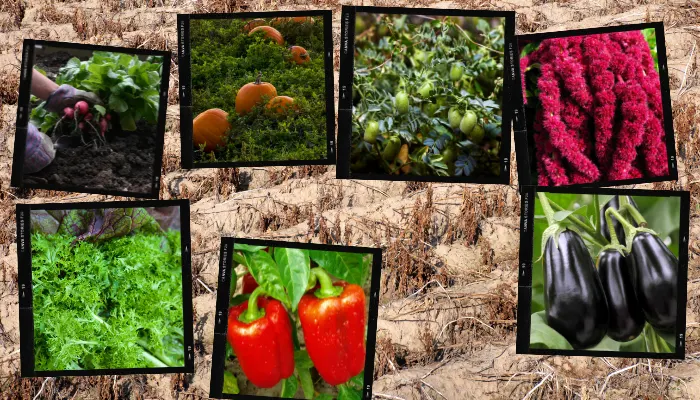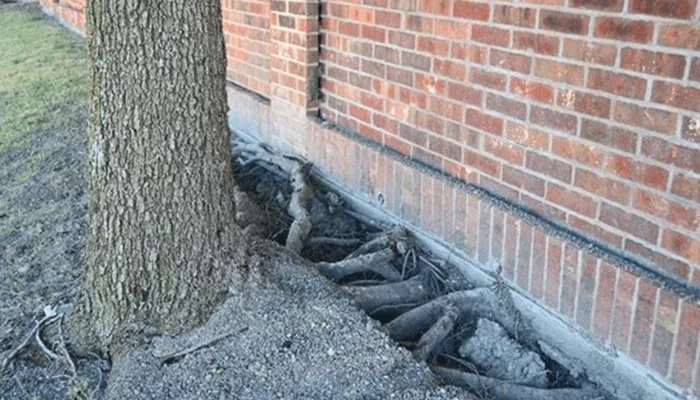Did you know that if given proper care, you can grow tropical plants in your home and garden, and even grow some of those delicious tropical fruits you love, no matter where you live?
Here is how to do it.
Getting Started
First thing you need to do is go to the garden center and choose the tropical plants you want.
Then you’ll need to stock up on supplies. A list of supplies is provided below.
Select the type of pots or containers, but be sure to get pots that will provide your new plants plenty of room to grow.
Potting soil from the local garden center will suffice; however, there’s a much better solution.
Instead, make your own soil mix. The ratios are simple; 1 part Perlite or Vermiculite, 1 part coarse sand, and 1 part Peat.
This gives good drainage as well as sufficient nutrients. Make sure your soil is not packed down heavy to allow good drainage but not excessive drainage.
Let's Get Potting
The first thing you need to do is cut a piece of mesh fabric to place over the drainage hole at the bottom of the pot.
This will keep the soil in and allow water out.
Then place a one-inch layer of gravel over the mesh to keep it in place and provide extra drainage.
Fill each pot halfway with the soil mix and make a hole for the root ball.
Remove your plant from its original container; look carefully at the root system.
If the roots are tightly packed and there’s more root than dirt, you’ll need to loosen them up before planting.
Place the plant in the new container.
Now put soil around the plant, you want to make sure that when you add the rest of the soil, the original soil line is even with the new soil. The soil should be about 1 inch below the rim of the pot when completed.
Important Note: Make sure the fully grown plant will be proportional to your pot. In other words, don’t put what will become an 8-foot tall tree in a 10-inch pot. Allow the roots space to grow. Essentially, the larger the pot the better.
Lighting
Most tropical plants love lots of sunlight, anywhere you can put them, so they receive full sunlight is beneficial to them.
Search online for your plants lighting needs.
If you’re growing your tropical plants indoors, you might consider giving them a little outside time during the warmer months for a nice dose of natural sunlight.
Watering
Tropical plants are used to lots of water, so their water requirements are different from other potted plants.
Their water needs are based on size of the pot, size of the plant, type of plant, the temperature and humidity of the area they are kept and the type of soil you used.
You should water your plants when the upper surface of the soil is dry. Slowly fill the container, watching for runoff at the bottom holes.
Remember that wood or clay pots dry faster, making the need to water more frequent, and cooler weather slows down the growth of the plant, thus reducing the need to water as much.
Temperature
In my opinion, this is the key ingredient to successful tropical plant keeping: NO FREEZING TEMPERATURES.
Tropical plants can’t take cold temperatures. If you’re keeping them outdoors, they’ll need to be brought in for the winter.
Cold temperatures will lead to root damage and kill the plant.
When you bring them indoors, make sure you keep them away from doors or drafty windows, also keep them away from heating vents, this will keep them from drying.

Fertilizing
Too much fertilizer is bad for tropical plants.
The best type of fertilizer to use are the water-soluble types, any local garden center can help you pick out a good fertilizer that will meet the plant’s needs.
Be sure to read and follow the directions carefully to prevent over fertilizing.
Pruning
With most container tropical plants, little or no pruning is needed.
However, you want to be sure to remove any dead, damaged or diseased leaves, branches or stems.
This will keep the plant healthy, encourage new growth and reduce the spread of disease. Also remove any leaves that drop onto the soil.
Will I Get Fruit? Is It Worth It?
This is the question we all ask. Is it worth the time and effort?
Ask anyone that has grown a fruit tree in a container and enjoyed a fresh piece of fruit from it, and they will always tell you “Yes!”
More To Discover
For the most part, the amount and size of the fruit of your container grown tropical plants depends on the amount of light it receives and size of its pot.
Most fruit trees will fruit in pots as long as all the requirements it needs are met. Keep in mind that some tropical fruit trees require another plant of its kind to be able to produce fruit, so be sure to check if this is something your plant needs.
List of Supplies
- Pots or containers
- Mesh fabric (black window screening works great)
- Gravel
- Potting soil (if you don’t want to mix your own)
- Perlite or Vermiculite
- Coarse sand (construction sand)
- Sphagnum Peat moss
- Water-soluble plant fertilizer

















